 Why should corporations partner with international development organizations? There are many other ways to develop a strong and ethical corporate image: Ways that do not involve the complex and sometimes messy business of working with a completely different type of organization than your own. And we’ve all heard the term ‘only partner if you have to’.
Why should corporations partner with international development organizations? There are many other ways to develop a strong and ethical corporate image: Ways that do not involve the complex and sometimes messy business of working with a completely different type of organization than your own. And we’ve all heard the term ‘only partner if you have to’.
Well, let’s take a look at why cross sector collaboration is no longer simply the product of Corporate Social Responsibility initiatives, but now essential in modern business.
Corporations: Why partner?
Without getting into the debate around the term ‘emerging markets’, it is safe to say that many of the countries that have not yet been termed as ‘developed’, are now vital in terms of business and sustainability.
Global share of GDP is shifting towards ‘emerging and developing Asia’[1], and growth rates in what the IMF terms ‘emerging markets and developing economies’ greatly outweigh those in the ‘advanced economies’ [2].
This has numerous effects on the way companies do business, not least of which is the relatively new focus on the millions of new customers that can be acquired, especially through the technology sector[3]. In many cases, NGOs and government work directly with these markets: They understand the cultural nuances; they have built a trusted brand and can access information on what that market needs.
Also, and as we are seeing more and more, corporations are increasingly looking to local talent to work with, whether as part of the supply chain, or marketing to local consumers. Again, NGOs and/or government can be key to accessing, and up-skilling local talent to meet business needs.
And of course there is the resources issue. Africa, for example, not only has ‘substantial new business opportunities that are often overlooked by global companies’,[4] it also has over 60% of the world’s uncultivated, arable land.[5] Corporations will be hard pressed to access all this without the help and support of other actors, and arguably even less likely to do so in a sustainable manner without NGO and government involvement.
Potential challenges
However, there are typical challenges for corporations in cross sector collaboration. For example, deciding on a partnership strategy at a corporate, global level is often much easier than translating it into local action. There may be various cultural, regulatory and motivational barriers that corporations need to be aware of, and flex around to successfully implement. This will of course, vary from country to country and needs to be taken into consideration as early in the process as possible.
Then there is the need to ensure the partnership is being kept track of. This can result in various measures being employed to not only access information about the program’s impact, but also how the partnership itself is adding value. Measurements can, however be a valuable predictor of the partnerships ‘sustainability potential. For example, if the partnership is integrally linked to core business processes, leveraging systems and best practice that is already in place – its measurements should be cleaner and easier to gather with little extra work. If, however, the partnership veers heavily from ‘business as usual’, extra measurements will need to be created and the additional work to keep the partnership up may make it less sustainable in the long run.
IMA cover these topics and many more, tailored to practical cases for people working hard to implement partnerships from all sectors. Check out our open and tailored courses at www.imainternational.com for more information, and please comment below – we would love to hear your experiences.










